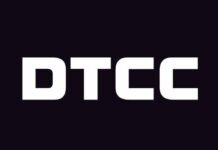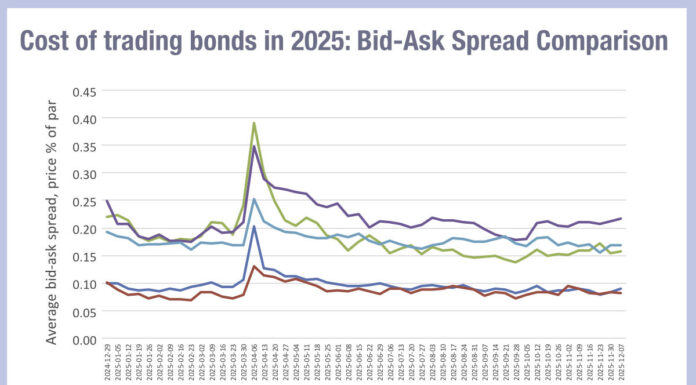Consultancy GreySpark has found a clear shift in the fixed income market towards single-tier electronic venues, as a result of regulatory changes and greater market competition.
Approximately two-thirds of venues sampled in 2017 operating single-tier markets on their venue, in which all market participants are potentially price makers.
In the report ‘Bonds Electronic Landscape Summary 2017’, authors Willis Bruckermann, analyst consultant, and Fred Ponzo, managing partner of GreySpark, showed how e-trading venues are incorporating increased buy-side liquidity provision, and analysed a shift towards single-tiered markets where all participants can be price maker-takers.
Firms are already moving away from the traditional investment bank- or broker-run platforms, and a variety of price-makers offer trading models on a range of venues, meaning competition for trading has increased.
Having evaluated 30 bond trading venues, including pure brokers, brokerage venue providers as well as exchanges dealing in corporate bonds and government bonds, 23 of the venues addressed in the report had buy-side price makers, while just seven had sell-side-only price makers.
GreySpark detailed how relatively new brokerage venue providers are likely to feel strong pressure to accommodate traditional sell-side firms, used to a multi-tier market, however these venues are still permitting buy-side firms to become price makers.
The authors forecast that the all-to-all (A2A) bonds trading venue model is the end point of the market’s experimentation with trading models, and exchange-like central limit order books (CLOBs) could eventually host trading for liquid, easily-priced instruments.
Regulatory demands, such as increased demand for data provision and trade transparency means that trade cost analysis (TCA) offerings are also set to gain importance.
“The higher frequency of TCA provision is a further indication that brokerage venue providers target the increasing share of liquidity originating from the buy side”, analysed the report.
Such changes are set to cause the landscape of fixed income trading to shift dramatically, with the traditional broker/dealer dynamic becoming less important.
“Buy-side firms become price-makers and price maker-takers, the traditional distinction between dealer and client will, in the secondary market for bonds, become functionally irrelevant”, GreySpark said.
Analysis revealed that around 65% of venues already operate a single-tier model, and over 75% of venues including buy-side firms as price-makers or price maker-takers.
Concern about dealer-led marketplaces has been highlighted in lawsuit, filed on 16 August 2017 by the Iowa Public Employees’ Retirement System, Orange County Employees Retirement System and Sonoma County Employees Retirement Association, against six large brokers. It alleges conspiracy to stifle competition in the stock lending market by forming a “working cartel”.
With such a high percentage of venues favouring single-tier models and embracing buy side liquidity provision, the outcome of the case could impact future development of broker-led initiatives, including trading venues in the fixed income markets.
Speaking to The DESK, GreySpark’s Ponzo said banks have not colluded to stifle or block the development of A2A. He conceded, however, that “it’s true that banks have no incentives to favour the development of A2A”.
The GreySpark managing partner said that the much-needed industry-wide initiative for market restructuring is already underway in the bonds market, following buy-side demands and the sell-side offering has duly adapted, while in the swaps market, regulatory change has altered the landscape.
©TheDESK 2017
©Markets Media Europe 2025













